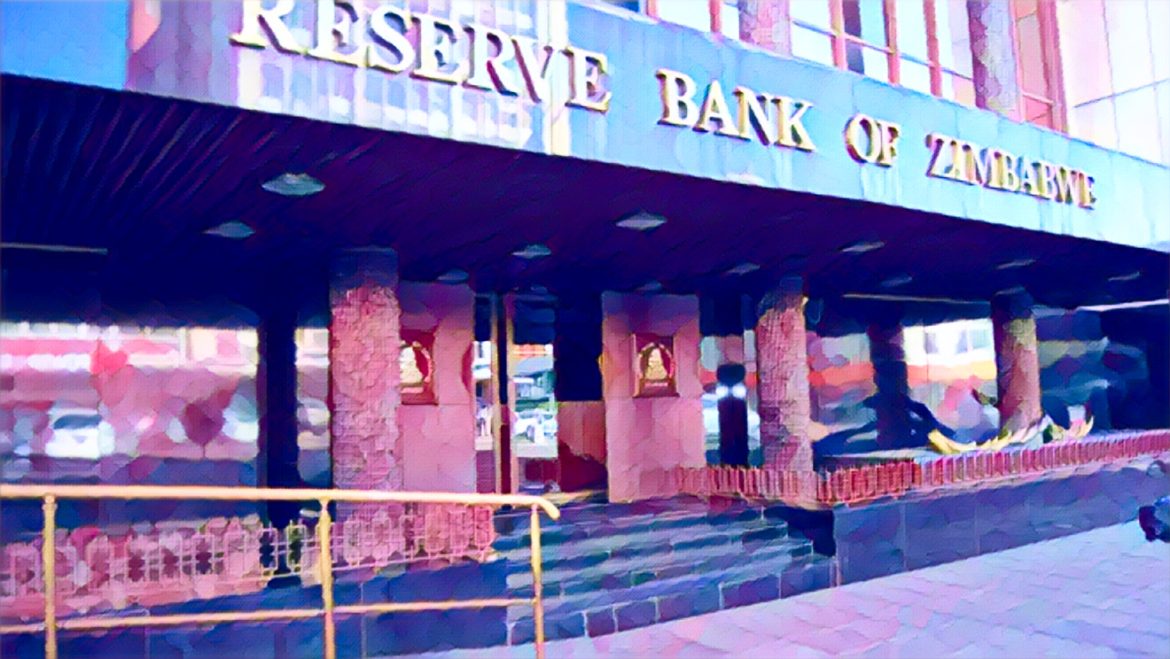KEY POINTS
- Hawkish RBZ policy keeps ZiG stable but hurts growth.
- Credit scarcity forces households to pawn essential assets.
- Without growth, currency stability cannot be sustained.
Zimbabweans are pawning their beds, fridges and other household goods just to keep food on the table—a stark reality buried in the Reserve Bank of Zimbabwe’s (RBZ) latest 2025 Mid-Term Monetary Policy Statement.
As of June 30, household items topped the list of collateral for small loans, surpassing cars and farming equipment. More than 4,000 household assets are currently pledged in the Collateral Registry, often for modest sums that last barely a month. This is not a story of reckless borrowing—it’s survival in a cash-starved economy.
Hawkish policy keeps ZiG stable but costly
In the RBZ’s defense, its tight policy stance—built on restricted liquidity, high interest rates and strict money supply controls—has kept the Zimbabwe Gold (ZiG) relatively stable since launch.
In a country scarred by hyperinflation and currency collapses, that stability is rare. But it comes at a steep price: economic activity is being squeezed.
When consumers must risk their beds to pay school fees and when businesses can’t borrow to expand, growth slows. Banks, in turn, earn their best returns by lending at punitive rates—in some cases up to 25 percent a month—to desperate households rather than productive enterprises.
Credit scarcity fuels deeper economic fragility
With wages stagnant, inflation relentless and formal credit scarce, microfinance firms and banks have stepped into the gap, but on terms that trap borrowers in cycles of asset loss and exclusion from finance.
The RBZ has promised tighter oversight to curb predatory lending, but the root contradiction remains: defending the ZiG by starving the economy of liquidity.
Zimbabwe’s private sector is stuck in survival mode, capital formation is anaemic, and the informal economy—which sits outside most formal credit channels—accounts for over three-quarters of activity. Starving businesses of capital slows production, erodes tax revenue and weakens the foundations needed for currency stability.
Stability without growth is unsustainable
A hawkish policy can work when paired with rising investment, productivity and incomes—none of which Zimbabwe currently enjoys. An artificially tight exchange rate may please currency defenders but discourages exporters and investors wary of distorted market signals. Over time, the pressure builds for a parallel market, undermining the stability it aims to protect.
For the ZiG to survive as a credible currency, RBZ must pivot from pure defence to a balanced mix: moderate interest rates, targeted credit for key sectors, and reforms to integrate the informal economy.
Stability without growth, as economists warn, is like a house without a foundation—it may stand for a while, but the cracks will inevitably show.


